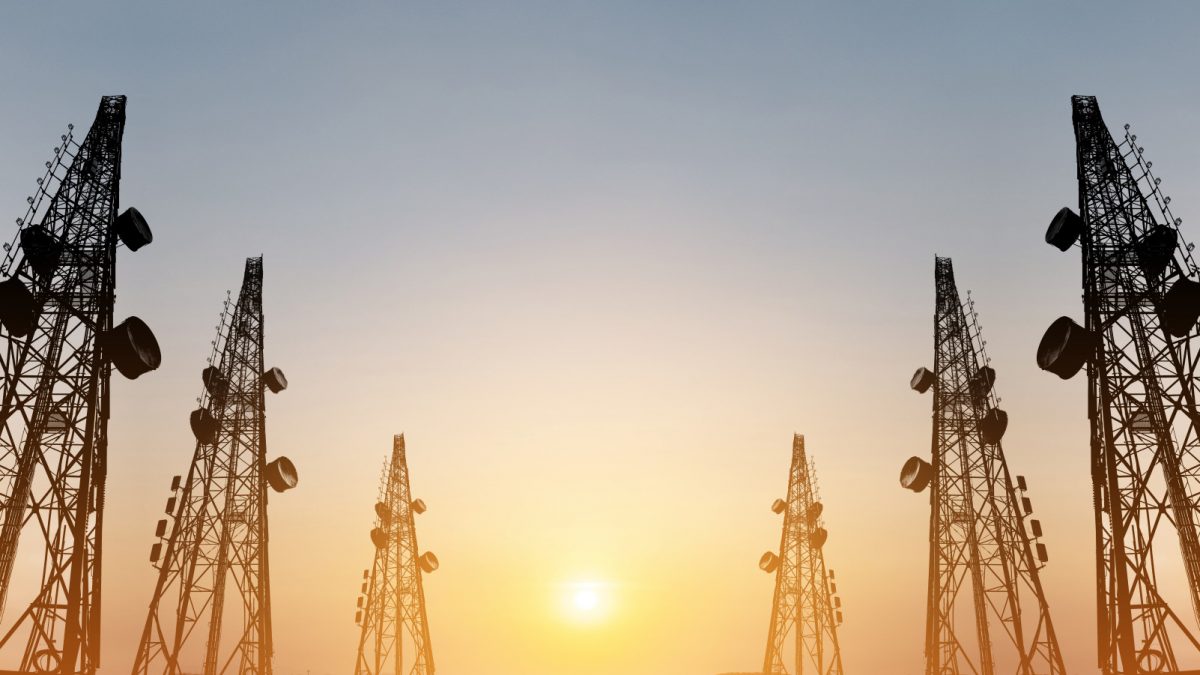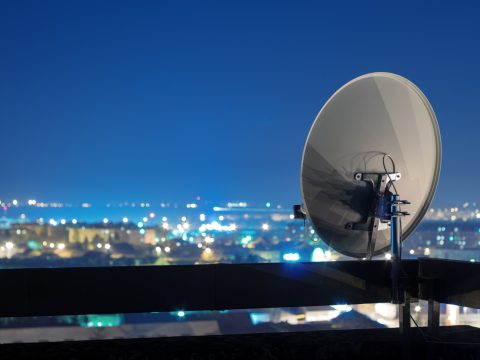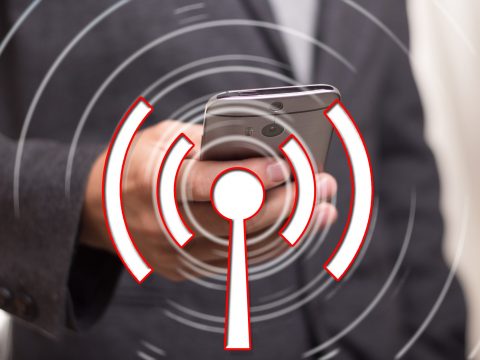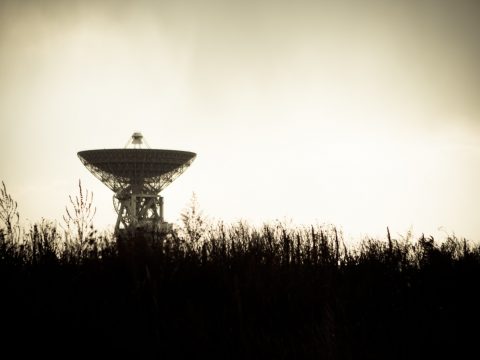Here’s How Microwave Communication is Different Than Other Kinds, and Why It’s Better!

The Beginner’s Guide on How an Antenna Works
January 8, 2020
Dip It: 5 Things You Should Knew About the Dip Brazing Process
August 10, 2020In 1955, the first home microwave ovens weighed 750lbs and cost more than $2,000 each—or in today’s dollars, anywhere from $16,000-$25,000.
That’s more than what some people today put down on a new car!
But did you know the technology in your microwave oven can do more than melt the cheese in a hot pocket?
That’s right. You’re already using microwave communication technology most hours of the day. Even with the advent of fiberoptic cables, most communication companies still use a microwave link in some step of providing you with their services.
Want to learn more about microwave communication? Keep reading.
Wait, You Can Communicate With Your Microwave?
Well, no. Not exactly.
Most people use the term microwave synonymously to mean a kitchen appliance. This is a misnomer, in the same way that many people will ask for “a Kleenex” when they need facial tissue.
Although the common microwave oven uses microwaves to heat food, microwave frequencies are just the highest frequency radio wave. In the same way a radio station transmits information to your car, microwaves can transmit information.
Wave frequencies that fall between 1GHz and 100GHz are microwaves. Microwave frequencies can send information instantaneously from point-to-point, as long as there are no physical obstacles.
That’s how your car picks up your favorite local FM radio station, too, but at a much lower rate of data per second.
To put microwaves into perspective:
- FM radio waves range from 88 to 108 MHz
- AM radio waves range from 540 to 1600 kHz
- 1 GHz = 1,000,000 kHz
Here are just a few of the reasons microwave communication is so effective, and won’t be going anywhere soon:
Send Lots of Data, FAST!
Unlike lower frequency radio waves, microwave links are very adaptable and broadband. This means a microwave link between two locations can handle enormous amounts of information.
This instant, broadband communication is probably why so many industries rely on microwave links:
- TV stations use microwave links to send footage from the studio to the transmitter location
- Cell phone companies use microwave links to transfer calls between cell tower sites
- Wireless internet companies rely on microwave links to bring internet connectivity across a wide area without cables or wires
- NASA, the Army, and other federal programs use satellite and microwave links to send private information quickly and safely
Sending valuable info via microwave links really kicked off in the 1940’s, when private links between New York and Chicago used to instantly transfer everything from TV shows to national security data. Even in this decade, certain companies that can’t afford even a few seconds of lag across long distances prefer to stick to microwave communication.
Besides, using a microwave link means fewer cords to trip over.
No Cables, No Problem
Definitely the biggest perk that comes with microwave communication is simplicity. Every microwave link just needs four components:
- transmitter
- receiver
- transmission lines
- antennas
The only cables to be found are the transmission lines between the transmitter and antennas. Microwave information works best with coaxial cables and hollow pipes called waveguides. Other than that, no cords, lines, plugs, or wires necessary!
As long as there are no major physical obstacles between the two sets of antennas, a microwave link can send info instantly across hundreds and hundreds of miles. For this reason, microwave communication is considered line-of-site communication. It’s also why microwave towers are built taller than trees and strategically placed around hills and mountains.
Speaking of mountains—what about snow?
Inclement weather like heavy snow probably slows down a microwave link, right?
Keep Talking Through Rain, Snow, Sleet, or Shine
No worries! Microwave communication easily cuts through rain, clouds, and snow.
Unlike telephone cables and powerlines that can sag and break during heavy snowstorms, microwave links don’t rely on anything that snow can interfere with. Heavy rain, fog, sleet, and the like don’t have an impact on the broadband microwave transmissions.
This makes microwave communication essential during natural disasters, as long as nothing interferes with the transmitter and antenna set up on either end. The only way inclement weather could disrupt your private channel is if the antenna itself were damaged somehow.
Analog, or Digital? Microwave Communication Doesn’t Have to Choose
If you don’t want to upgrade to new digital communication systems, you don’t have to. Microwave communication links still work just as well with traditional, analogy technology.
Unlike a lot of technology out there, you’re required to constantly update software, upgrade hardware, and re-educate yourself to stay in the game. Thankfully, the same microwave technology that worked for the US Government decades ago still works today if you set it up correctly. This makes microwave links more accessible and universal than other forms of communication.
You always have the option of spending money on the latest and greatest digital advancements. But with microwave links, you don’t necessarily have to. Many specialists find this comforting about microwave links.
Say it Louder With The Right Antenna
Clearly, most people are already using microwave communication in more ways than they realize. If you own a cell phone or pay for satellite TV and radio, you’re depending on microwave communication every day.
Why not take the strength and privacy of your communication into your own hands and invest in the right antenna?
Rantec is certified to AS9100D and is registered through BSI Management Systems America, Inc. Our Quality Program ensures that Rantec processes and products will meet the highest quality and reliability standards.
Contact us for more information on different types of antenna and other equipment you’ll need to keep your data safe while you communicate seamlessly.




